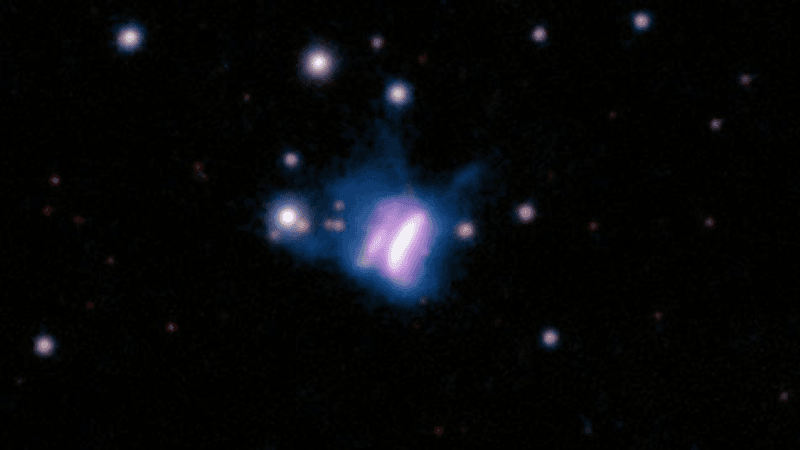When we talk about general relativity, we usually discuss things on large scales and massive objects. But this is about to change. Researchers have reported that the latest types of atomic clocks are sensitive enough to measure relativistic effects on a millimeter scale.
A paper describing the work is yet to be peer-reviewed and is available on the ArXiv. The team discuss how they were able to measure the gravitational redshift within a single millimeter-scale sample of ultracold strontium. That’s an incredible achievement.
Gravitational redshift is the phenomenon by which a photon escaping a gravitational well (in this case our planet) is stretched out by the gravity of the massive object. Regular atomic clocks have been able to measure such an effect on scales from 30 centimeters (12 inches) to thousands of kilometers, and now optical atomic clocks are bringing it to the smallest scale yet.
Atoms shake at very specific frequencies and those can be measured using photons. And these photons are affected by the gravitational redshift. The effect is truly minuscule but now measurable. The team assembled a lattice of 100,000 strontium atoms at a temperature close to absolute zero. They measured their frequencies and were able to determine that there was indeed a gravitational redshift.
This exciting preliminary result is thanks to the incredible sensitivity of these optical atomic clocks. Earlier this year, the team led by Professor Jun Ye, announced they had reached the highest precision yet for a clock. Their three clocks were so accurate that uncertainties on the measurements taken never exceeded 8 parts in 1018 (or 0.000000000000000008).
But this incredible result is just the beginning. The team is planning to push the precision as far as it will go and hopes to soon reach measurements 100 times or maybe even 1,000 times better than have been demonstrated this year.
“There will be very interesting discoveries that are waiting for us if we get to the times that are sensitive to the very small space-time curvature,” Professor Ye told IFLScience when it was announced he had won the 2022 Breakthrough Prize in Fundamental Physics.
Once they get sensitive enough, these clocks will be measuring both relativistic effects and quantum mechanical effects. The two crucial theories of physics don’t work well together when we use them in combination to explain stuff like black holes. So seeing them actually interact in the lab will provide an incredible new window to the frontiers of our understanding of physics.




